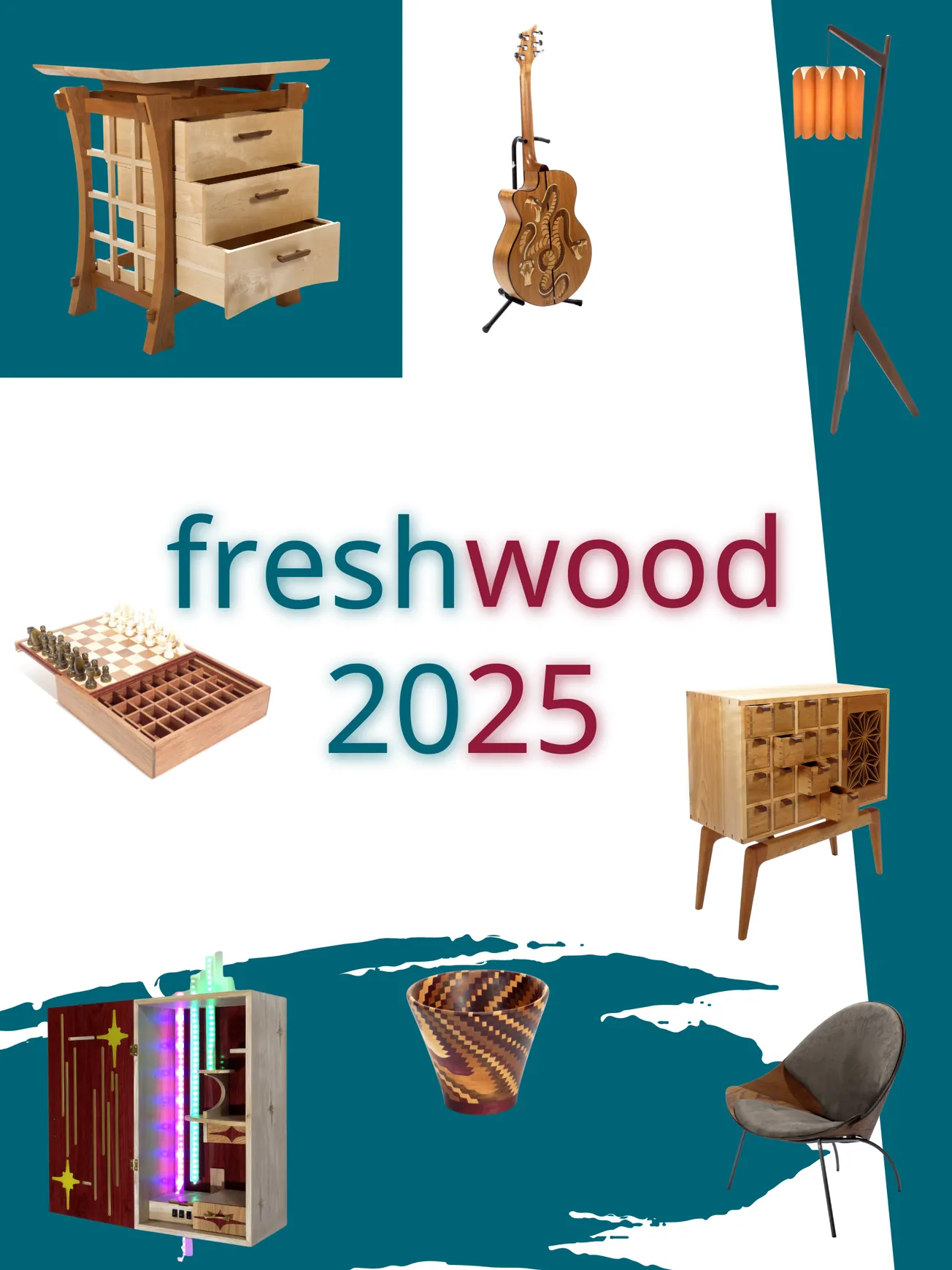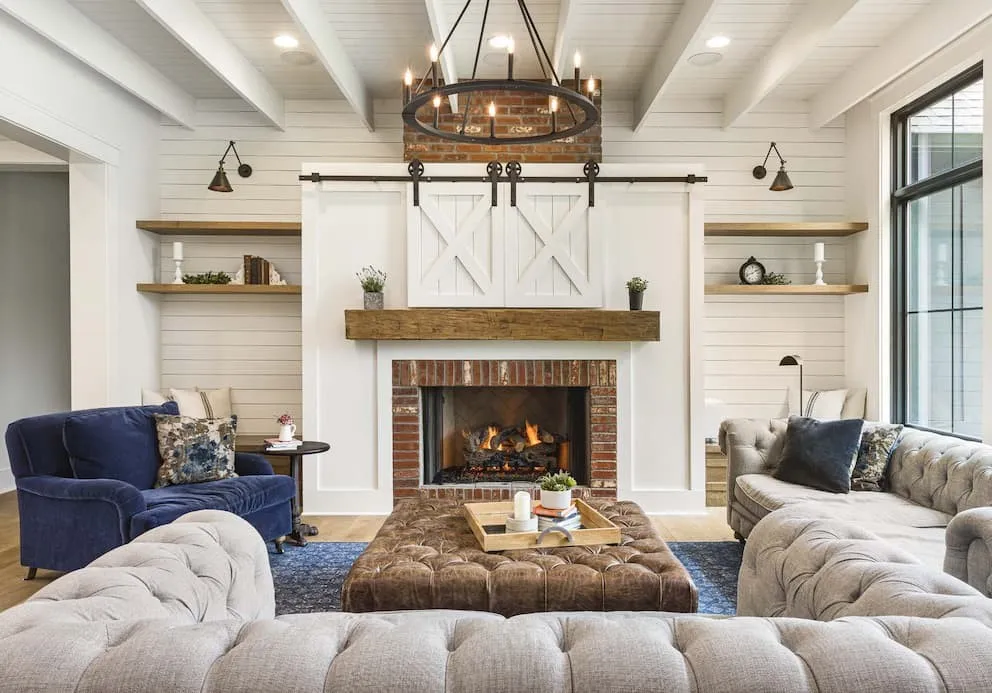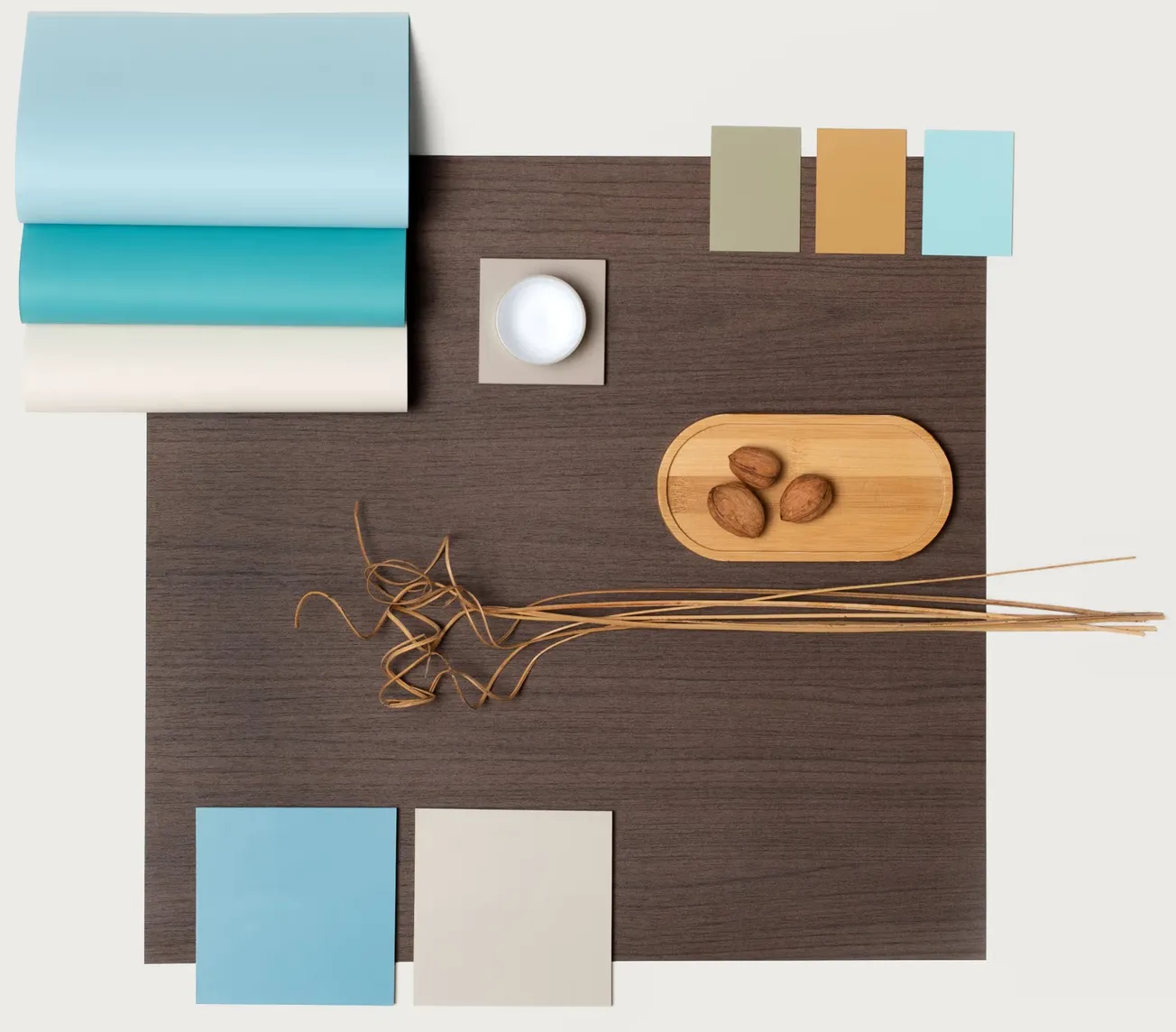Table of Contents
By Rich Christianson
‘Timeless’ is a Word Often Heard to Describe the Design Appeal of Metal HPL
Look but don’t touch. That’s a basic tenet of metal laminates.
Metal laminates occupy a unique place in the decorative high-pressure laminate family. Unlike their heavy-duty brethren that are engineered to withstand the daily wear and tear subjected to kitchen countertops and other work surfaces, metal laminates, though durable, are neither scratch resistant nor fingerprint proof.

As a result, metal laminates are best suited for adorning vertical surfaces and are used extensively for walls in commercial and institutional settings. They also find plenty of other uses, including ceilings, inserts, retail displays and even light-duty countertop applications.
 Their physical limitations aside, the beauty of metal laminates is their uncanny ability to create a wide spectrum of mood-setting visual effects. They can be produced to emulate classic architectural metals such as aged brass, brushed stainless steel or hammered copper at a fraction of the price of the real deal.
Their physical limitations aside, the beauty of metal laminates is their uncanny ability to create a wide spectrum of mood-setting visual effects. They can be produced to emulate classic architectural metals such as aged brass, brushed stainless steel or hammered copper at a fraction of the price of the real deal.
What’s more, they can be fabricated with the same types of tooling, composite wood substrates and adhesives used to produce countertops. In short, they offer a fantastic option for value engineering a project either as the star material or as a complementary accent.
“The difference between metal laminate and traditional high-pressure laminate is that a very thin sheet of metal is used instead of decorative paper,” said Gerri Chieml, senior design manager, North America, of Formica Corp. of Cincinnati. “Some of our patterns use real copper or stainless steel, but for the most part, it’s aluminum, which lowers product cost and reduces tool wear.”
One for the Ages
“Metal is kind of a timeless material, and we’re seeing a real popularity spike with aged metals right now,” said Geoff Schaefer, creative director and president of Chemetal based in Easthampton, Mass. “Metal has a lot of energy to it in the way it reflects light. It’s something you can’t replicate with a printed laminate or something else. You can’t really fake metal well.”
“There really is no one direction that is driving the use of metals,” noted Tammy Weadock, marketing communications manager for Wilsonart of Temple, Texas. “We’ve seen it used equally in vintage, industrial, sleek modern and comfortable space. What is significant is the fact that metals mix so well with the other materials – wood, glass, stone, quartz and laminate – used in almost any space.”
Vern Combrink, vice president of sales for ATI Decorative Laminates of Greensboro, N.C., cited a case study documenting one of his company’s local metal laminate installations. He said it illustrates the timelessness and durability of metal laminates.
When the then newly constructed Green Valley Grill opened in 1998, most diners assumed the restaurant was many decades older because the copper brick wall interior projected a 1920s feel. In addition, Combrink said 16 years later, the combination was holding up great, and proprietor Dennis Weaver predicted, “If you come back in 16 years, you’ll see these exact same walls because materials either wear out or ugly out, and this isn’t going to do either one.”
What’s New in Metal HPL
Formica introduced nine additions to its DecoMetal line at the HD Expo in Las Vegas in May. Chieml said the nine patterns were chosen from among 79 prototypes shown in dozens of face-to-meetings with designers.
In particular, the introductions of Umbra, a warm brown color, and Argent, which falls between a gold and aluminum, are “significant to us,” Chieml said. “Both are in line with some of the trends we’ve seen in the warming of metals and newer kind of industrial metal that are a little burnished in color.”
 Wilsonart has also jumped on the warmer metal tones bandwagon. The company just released 14 new designs to its Dec Metals Collection, “channeling the trend of mixing and layering warm metal tones such as copper, gold and rose gold with cooler metal tones of silver and aluminum.”
Wilsonart has also jumped on the warmer metal tones bandwagon. The company just released 14 new designs to its Dec Metals Collection, “channeling the trend of mixing and layering warm metal tones such as copper, gold and rose gold with cooler metal tones of silver and aluminum.”
Weadock noted that some of Wilsonart’s new designs “borrow from the texture that is found in other materials, like wood, and offer a sophisticated yet playful approach to the surface.”
In a similar vein, Combrink said ATI’s new large-scale Shingles Brushed Stainless and Shingles Antique Pewter designs “combined the rough-hewn texture of wood with the contemporary feel of metal.” He added that the manufacturing process involves applying “detailed embossing on aluminum to mimic the striations of hand-split, cedar shake shingles.”
“Dimensional surfaces are very popular,” Combrink said. “Textured or embossed designs give movement to the surface. They add interest without adding weight or depth to the product.”
Chemetal, which fabricates thin solid-metal designs in house and also offers metal HPL, added 24 new designs to its collection, bringing the total to more than 200 choices. The 2015 product launch includes four new metal laminates. Included are Bling, a gouged wood look on shiny metal, and Metalwave, a textured horizontal aluminum pattern.
“I think our 2015 launch reflects a reaction to what we see happening in the market place, including variations of things we are having success with or things we think people might like but that are unique to us.”








